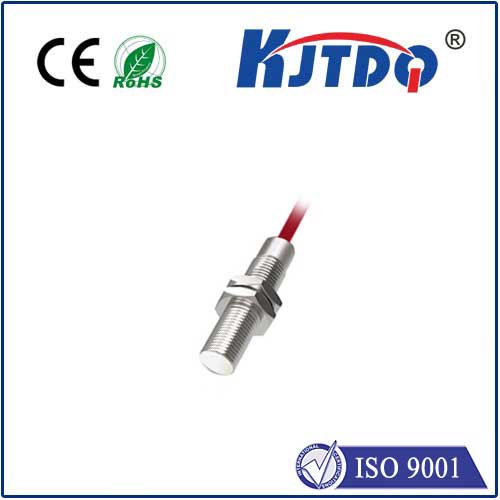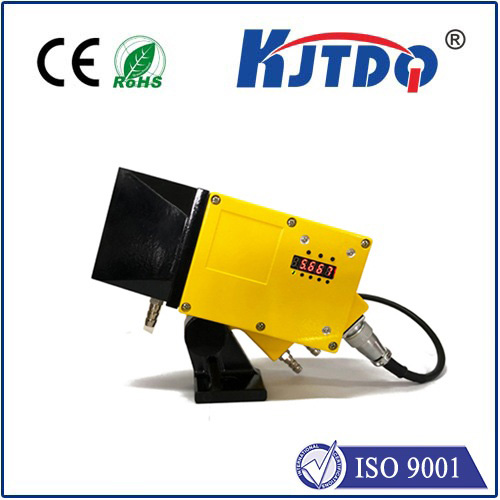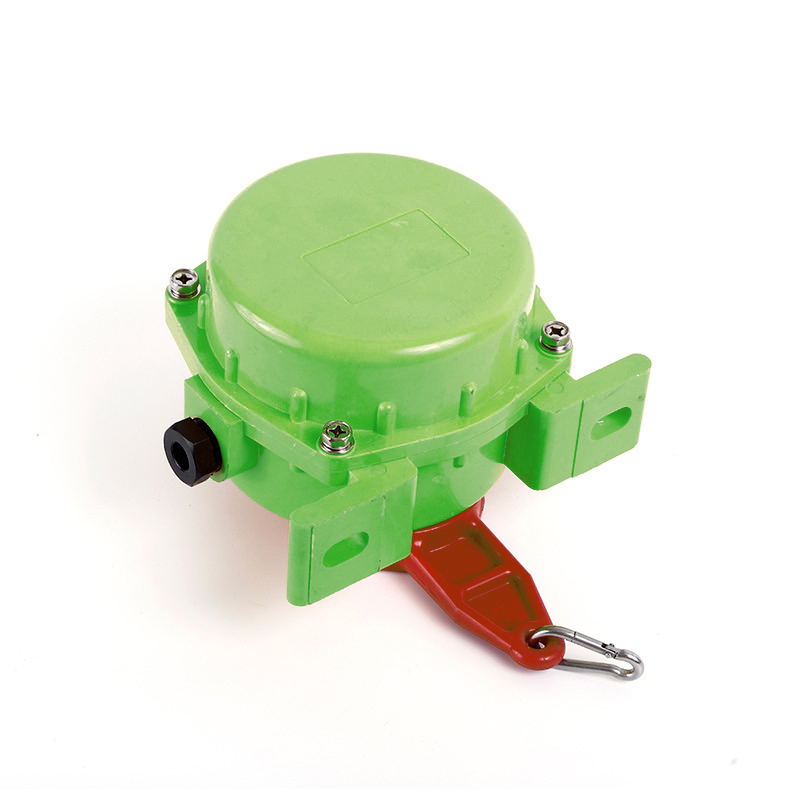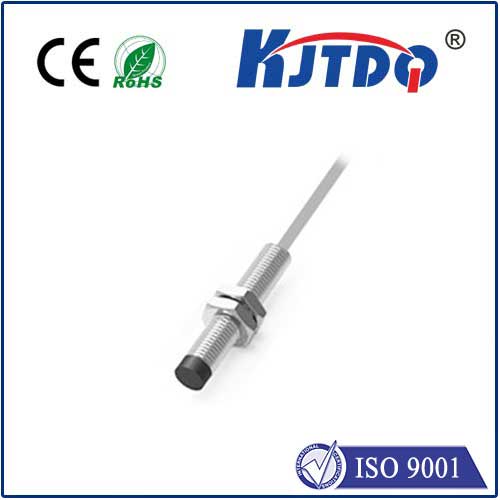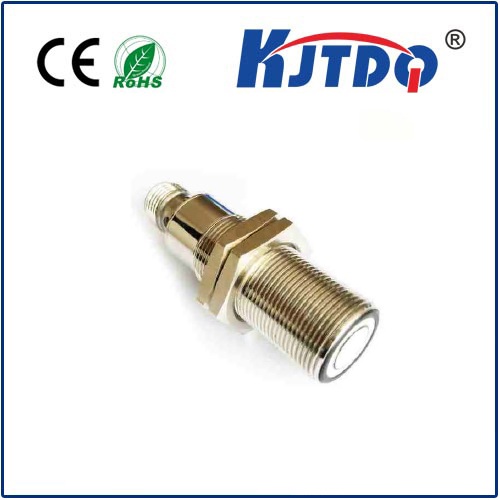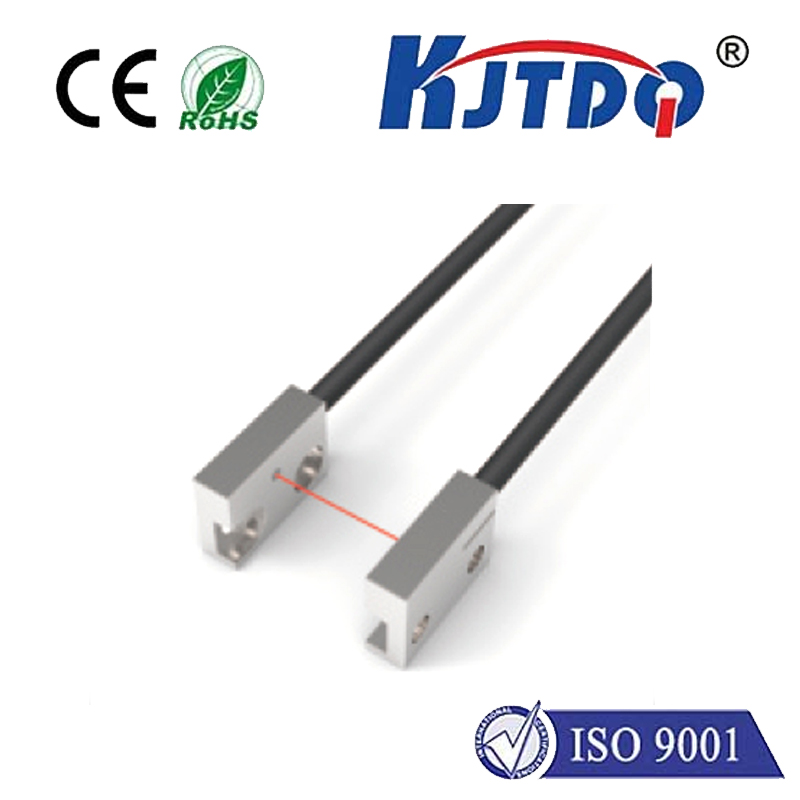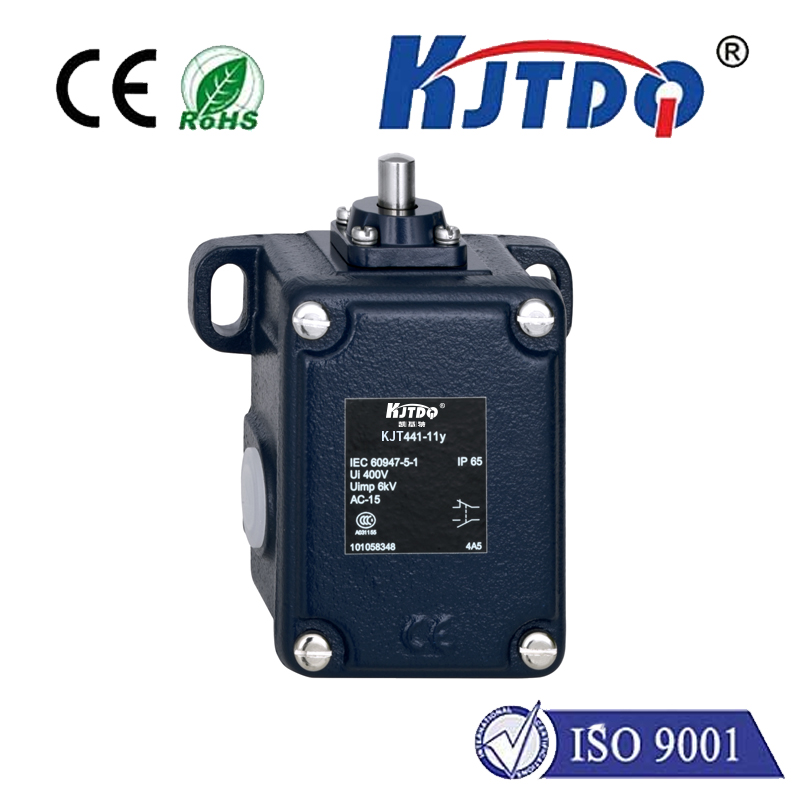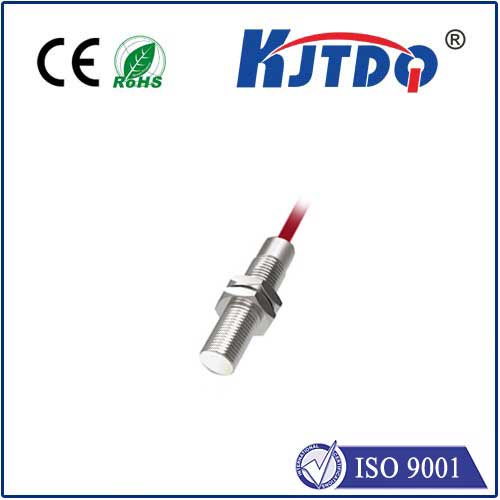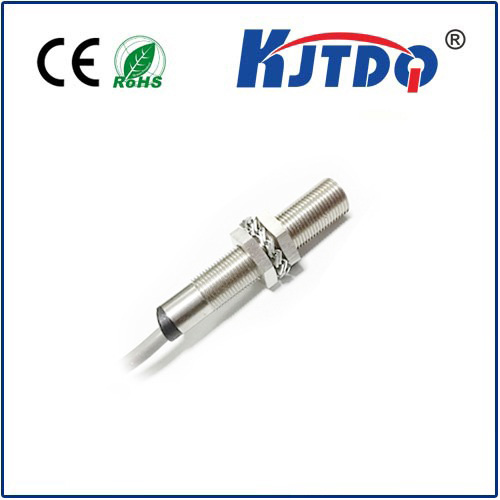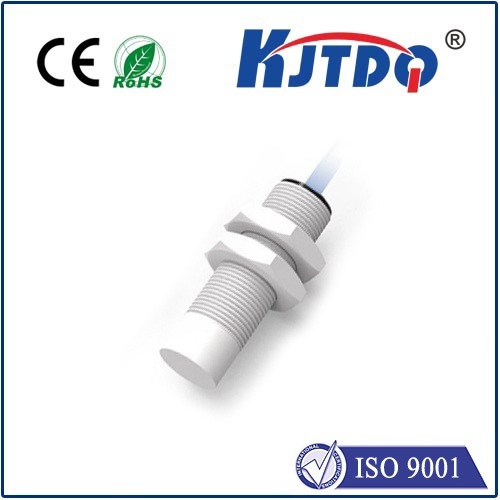

check

check

check

check
Imagine automating a critical process where reliably detecting the presence or position of an object is non-negotiable. Dust swirls, space is tight, and the environment is demanding. Enter the E3FC-DP12 2M reflective photoelectric beam sensor, a powerful solution engineered for precisely these challenging industrial and automation scenarios. This compact workhorse leverages advanced optical technology to deliver dependable performance without the complexity of multi-component systems, making it a cornerstone for efficient and robust sensing applications.
Understanding the Reflective Photoelectric Principle
At its heart, the E3FC-DP12 operates on the retroreflective photoelectric sensor principle. Unlike through-beam sensors requiring separate emitter and receiver units positioned opposite each other, this type uses a single housing. Inside, an integrated infrared LED emits a focused light beam. This beam travels towards a specialized retroreflector (a prismatic or corner-cube reflector) strategically placed across the sensing path. The unique design of this reflector ensures that the light beam is bounced directly back towards its source.
The sensor’s receiver, housed within the same unit as the emitter, constantly monitors for this reflected beam. When an object interrupts the path between the sensor and the retroreflector, the light beam is blocked. The receiver detects this absence of the reflected signal, triggering a switch in the sensor’s output state – typically changing from a “light on” to a “dark on” mode or vice-versa. This fundamental detection principle provides highly reliable object sensing.
Why the E3FC-DP12 2M Stands Out
The “E3FC-DP12 2M” designation holds specific meaning. Let’s decode its key features:

2M Sensing Range: The “2M” clearly signifies a substantial 2-meter (approximately 6.5 feet) maximum sensing distance. This extended range offers significant flexibility in application design. It allows the sensor to be mounted farther from the target area or retroreflector, accommodating larger machinery, wider conveyors, or processes requiring greater standoff distances compared to shorter-range alternatives. This capability is crucial for applications like large package detection, gate monitoring, or position sensing on expansive equipment.
Robust Reflective Design: Combining emitter and receiver in one unit drastically simplifies installation and alignment. You only need to mount a single device and position the retroreflector opposite it, eliminating the complex wiring and precise calibration often needed for separate emitter/receiver pairs. This translates to reduced installation time, cost savings, and less vulnerability to misalignment caused by vibration or incidental impacts.
Polarized Filter Technology: A critical feature of genuine retroreflective sensors like the E3FC-DP12 is the integrated polarizing filter. Standard reflective sensors can be fooled by highly reflective surfaces (like mirrors or shiny metal) that might bounce enough light back to the receiver even when an object is present. The polarizing filter solves this. The emitter’s light passes through a filter, becoming polarized in one plane. The receiver has a filter aligned at 90 degrees to the emitter’s polarization. The retroreflector is designed to twist the polarization of the returned light. This allows the specially polarized return beam to pass through the receiver’s filter. Shiny objects, however, reflect light without twisting its polarization. This reflected light, still polarized incorrectly for the receiver’s filter, is blocked, preventing false triggering. This ensures reliable detection of objects regardless of their surface finish.
Compact Form Factor: The E3FC series is known for its compact and cylindrical M12 housing. This small footprint makes the E3FC-DP12 ideal for applications with limited mounting space. Its design facilitates easy integration into machinery, fixtures, or tight spots where bulkier sensors wouldn’t fit.
Environmental Resilience: Designed for the rigors of industrial environments, these sensors typically feature robust construction offering resistance to dust, moisture (commonly IP67 rated, meaning dust-tight and protected against temporary immersion in water), and vibration. This ensures long-term reliability and minimal downtime even in demanding settings like manufacturing floors, packaging lines, or material handling systems.
Output Configuration: The “DP” designation often indicates a digital PNP output (sourcing output). This standard transistor output is compatible with most Programmable Logic Controllers (PLCs), machine controllers, and other industrial automation components, ensuring seamless integration into existing control systems.
Core Applications for Enhanced Automation
The combination of a 2-meter sensing range, reliable retroreflective operation with polarization, robust build, and compact size makes the E3FC-DP12 2M sensor exceptionally versatile. Common application areas include:
The Advantage: Simplicity Meets Performance
Where through-beam sensors offer the maximum possible sensing ranges and immunity to object surface characteristics, they require precise alignment of two separate units. Diffuse sensors detect objects without reflectors but struggle with varying surface colors and finishes, offering shorter ranges. The E3FC-DP12 2M reflective photoelectric beam sensor strikes a powerful balance between performance and practicality. Its 2-meter range covers a significant distance, the polarized retroreflective principle provides reliable detection even on challenging surfaces, and the single-unit design significantly streamlines setup and maintenance compared to dual-unit systems.
For engineers and system integrators seeking dependable, long-range detection without the complexity and cost of dual-component setups, the E3FC-DP12 2M polarized retroreflective photoelectric sensor emerges as a compelling solution. Its robust design ensures it thrives in tough environments, while its plug-and-play nature accelerates deployment and minimizes operational headaches, solidifying its place as a fundamental tool in modern industrial automation and control.
